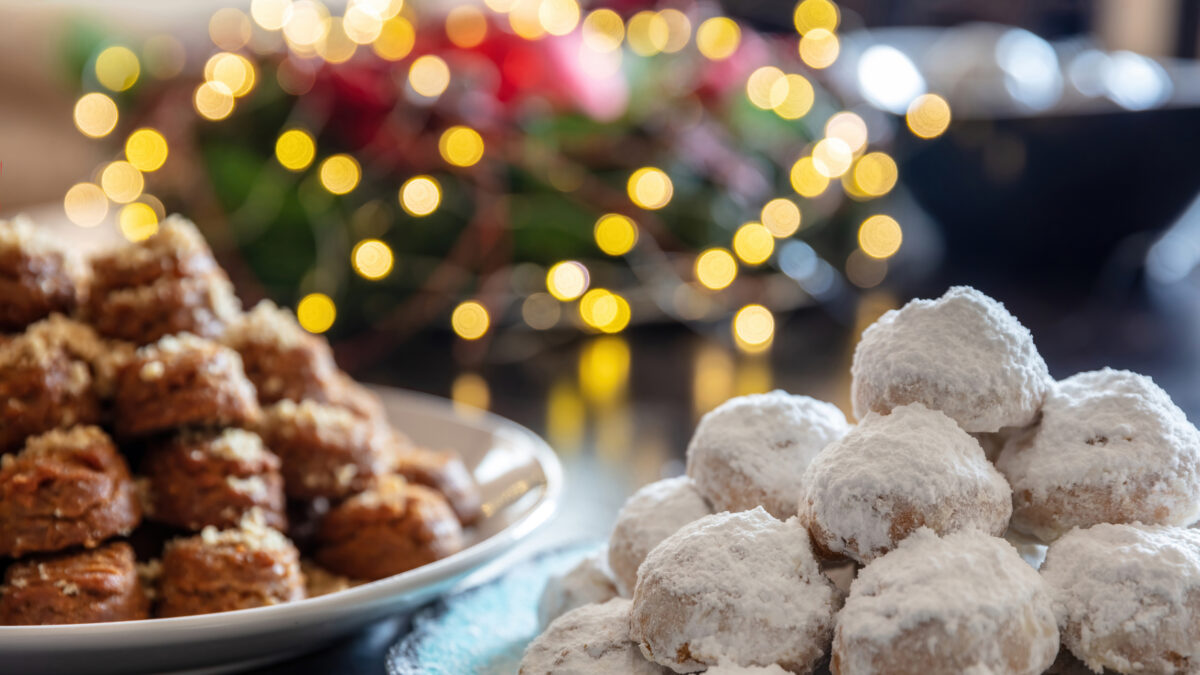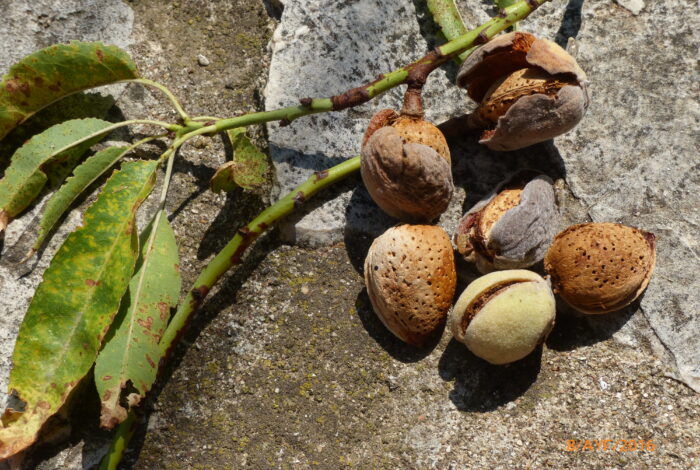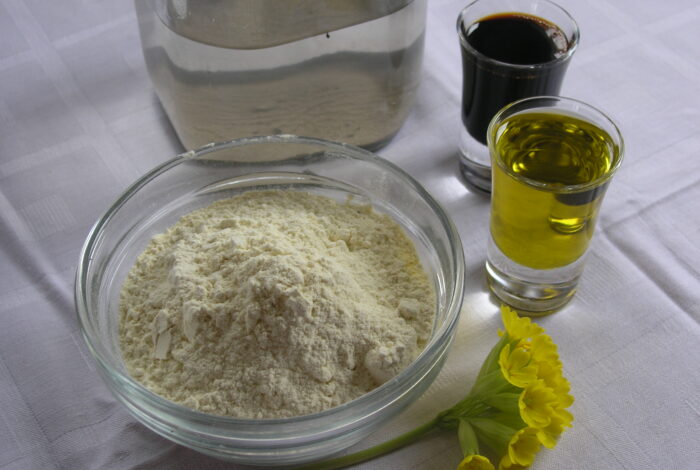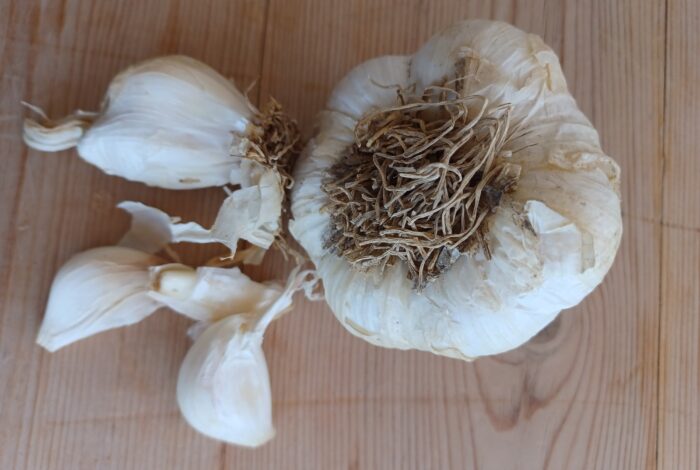In Greece, Christmas is one of the most important holidays and a reason for family gatherings. In spite of modern culinary influences – such as turkey – Christmas dinner is a cornucopia of authentic flavours.
The hallmark of Christmas is two desserts: kourabiedes and melomakarona, traditional sweets that appear in every home only during this season. Their recipes are simple, but the ingredients used are symbolic, as the nuts represent a good harvest and abundance, while the honey and powdered sugar symbolise the wish for sweet days ahead.
Various regions of Greece produce other sweets, such as Christopsoma and Christmas cookies. Fragrant with anise and cinnamon, these breads are decorated with almonds, walnuts and various dough ornaments such as crosses and flowers.
Main courses include local meats, primarily pork, prepared according to traditional recipes. A frequent side dish at Christmas tables is dolmades, otherwise known as ‘giaprakia’. Symbolism is once again the key word, as their vine or cabbage leaves symbolise the swaddling clothes of the infant Christ.
Visitors to Epirus should not miss the opportunity to sample some ‘wild boar salmi’, boar’s meat marinated in a mix of local wine and spices.
If you spend the holidays in Central Macedonia, be sure to taste ‘Msoura’, a trifecta of meats – pork, veal and chicken stuffed with rice – slow-cooked with celery, while visitors to Thrace should seek out and sample ‘bambo’, a pork dish with aromatics and spices.
In Thessaly, they make ‘gournada’, a roasted pork dish, as well as pie with greens and sausages, while in Central Greece no Christmas table is complete without some sort of soup, whether it be chicken soup or patsas.
In the Peloponnese, Christmas meals focus on oven-roasted piglet and ‘lalaggia’, crispy breadsticks from Mani that are never absent from holiday meals and go just as well with both sweet and savoury dishes.
On the Ionian Islands, Christmas meals usually include chicken or veal avgolemono soup, as well as rooster or veal with pasta, while in Crete, holiday meals almost invariably include pork and local cured meats, such as sausages, apaki and syglino.
Thanks to their multicultural influences, the Aegean islands boast Christmas tables where flavours meld together in a rich culinary mosaic. A traditional dish served during the holidays in the Dodecanese is ‘giaprakia’, dolmades served with roasted pork, while on Samos they serve pichti, boiled pork served in its congealed fat.
On Lesvos, one of the most popular dishes at the Christmas table is ‘selinato’, pieces of veal or pork cooked with celery and leek.
Christmas tables are very important in Greek culture, not only for the abundance of flavours but also for the hospitality shared around them and their preparation, which symbolises the return to the family hearth and everyone’s participation in the customs.










